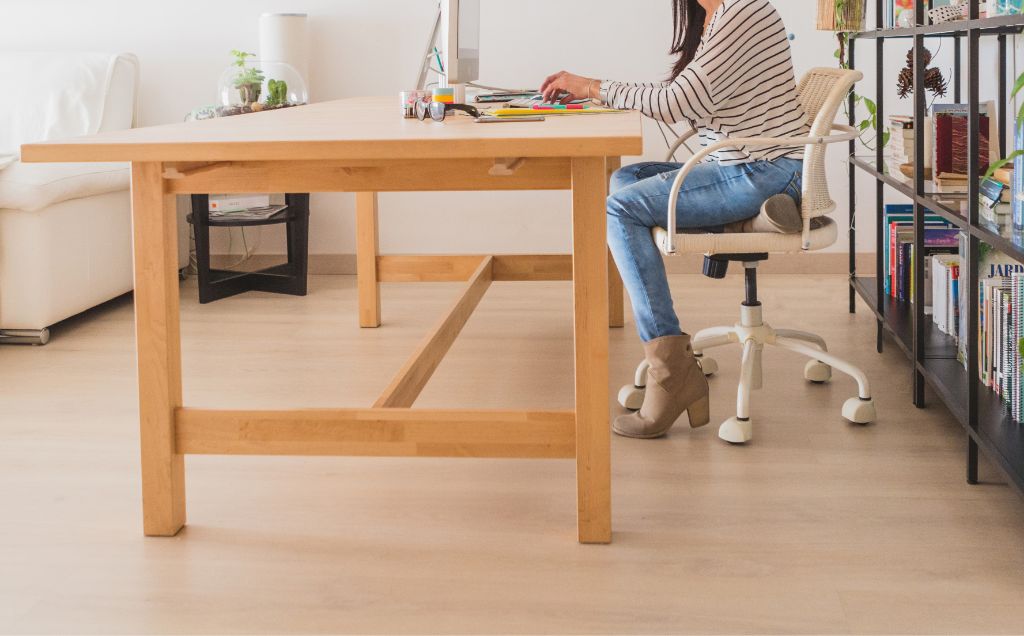While styles change over time in interior design, certain components never go out of style and always give off a feeling of coziness and warmth. One of these timeless features is wood’s beauty, which sums up the warmth uncomplicatedly.
Embracing the Timeless Beauty of Wood
In a home where the homeowners care for the floor, wood, a noble material utilized in building and design for centuries, takes center stage. It is valued for its adaptability, innate warmth, and capacity to foster a sense of connectedness with the natural world. This organic material lends a feeling of coziness and refinement to any area. Whether it’s the gorgeous wooden furniture, the rustic wooden beams supporting the ceiling, or the solid wood floors under your feet.
Warmth houses are an enjoyable change from the icy austerity that is frequently connected to the floor in conventional floor houses, which choose minimalism. It is a design concept that seeks harmony by striking the right ratio between warmth and simplicity. Warm floors always have a clean design without compromising on the things that truly define a home. The emphasis is on using earthy color schemes, natural materials, and delicate textures. This will create a peaceful, harmonious atmosphere in a room.

When wood is described as “coarse” or “fine” grained, it refers to the texture. The texture of a wood is determined by the relative size and change in size of its cells. This is as well as the breadth and quantity of its rays. You can actually see the difference between fine-textured wood with small cells and thin rays and coarse-textured wood with large vessels and broad rays. Red oak, for example, is coarse-grained, but hard maple is finely textured. Walnut is relatively coarse-textured, whereas holly is extremely fine-textured.
The beauty in the work-space
Wood is the ideal material to bring nature into an office area because of its innate beauty and everlasting appeal. In contemporary office environments, there is a growing trend toward using wood to bring people closer to nature. It moves up a level when wood is used in the installations. These projects blur the lines between interior and outdoor space, promoting a sense of connection with nature and boosting staff members’ creativity and well-being.

Sustainable Design
People who choose solid wood tend to support environmentally friendly design techniques at a time when environmental awareness is crucial. Choosing wood that has been responsibly obtained guarantees that you are reducing your space’s carbon impact. Also, you are helping to preserve our forests. Selecting salvaged or reclaimed wood gives your interiors a historical touch while reusing materials that have endured the test of time.
Wood is one of the most widely used construction materials in the world. With proper forest management, it is the only renewable building resource available.
Wood manufacturing emits less than 100 kg of CO2 every 1,000 kg produced. Meanwhile, brick and steel emit more than 300 kg and 2,000 kg, respectively. Furthermore, global research evaluating the lifetime of building materials has discovered that wood is less harmful in terms of air and water pollution, solid waste, energy, and ecological resource use. Wood’s lifetime embodied energy is more than three times lower than that of steel, plastic, and concrete. All of those elements need more work and resources to dispose of after their useful lives.

